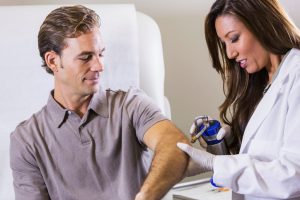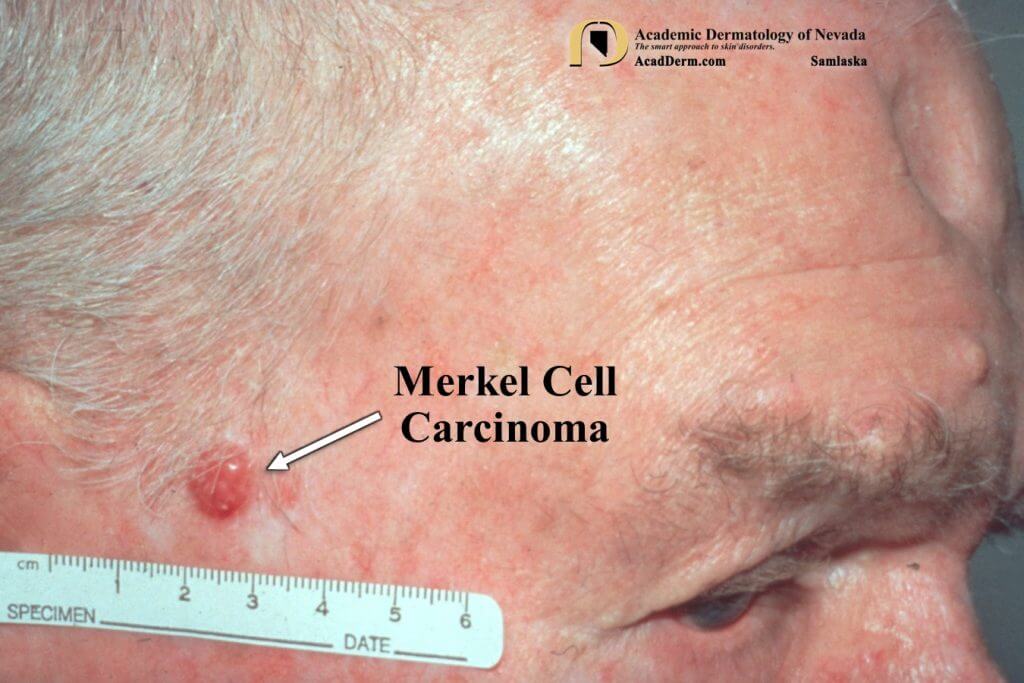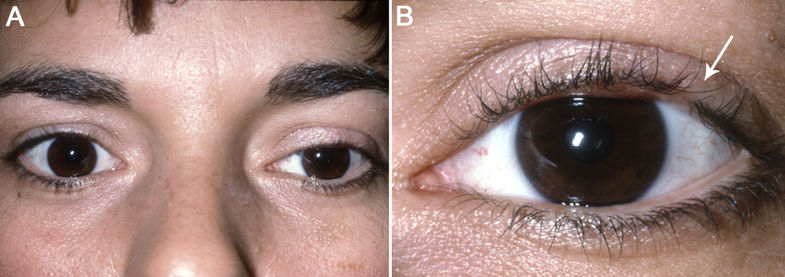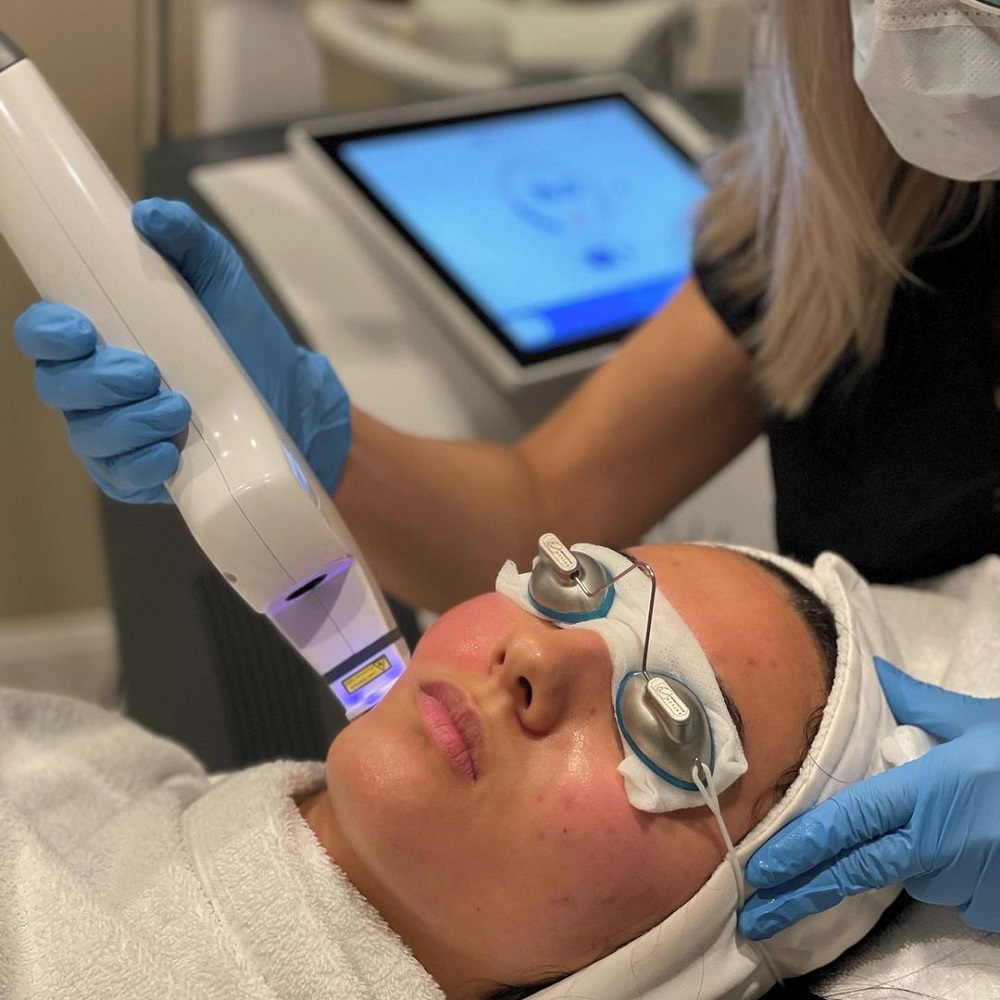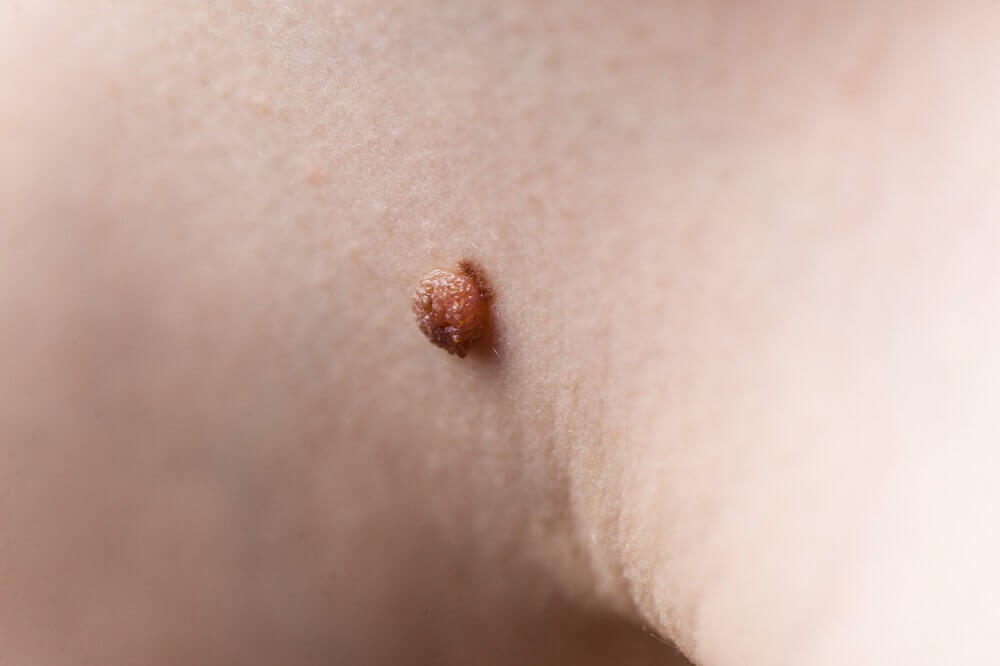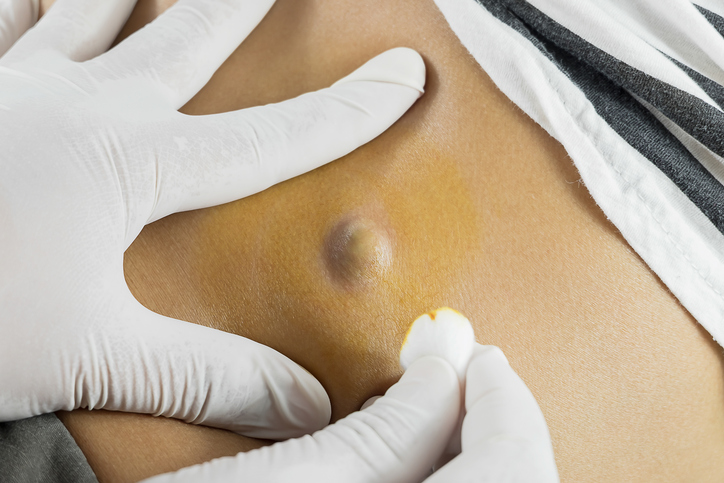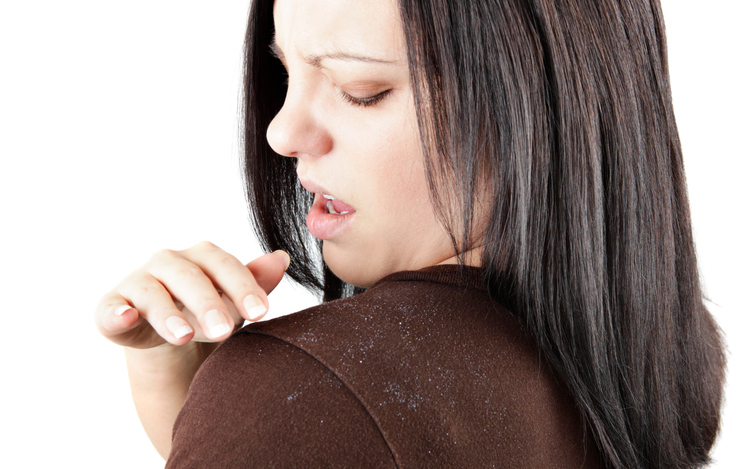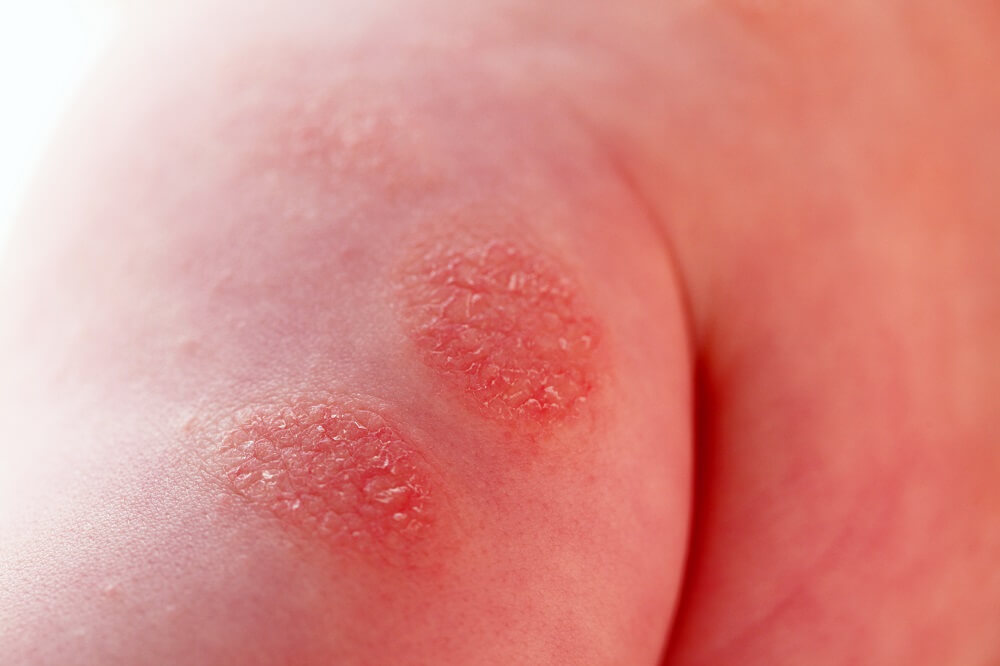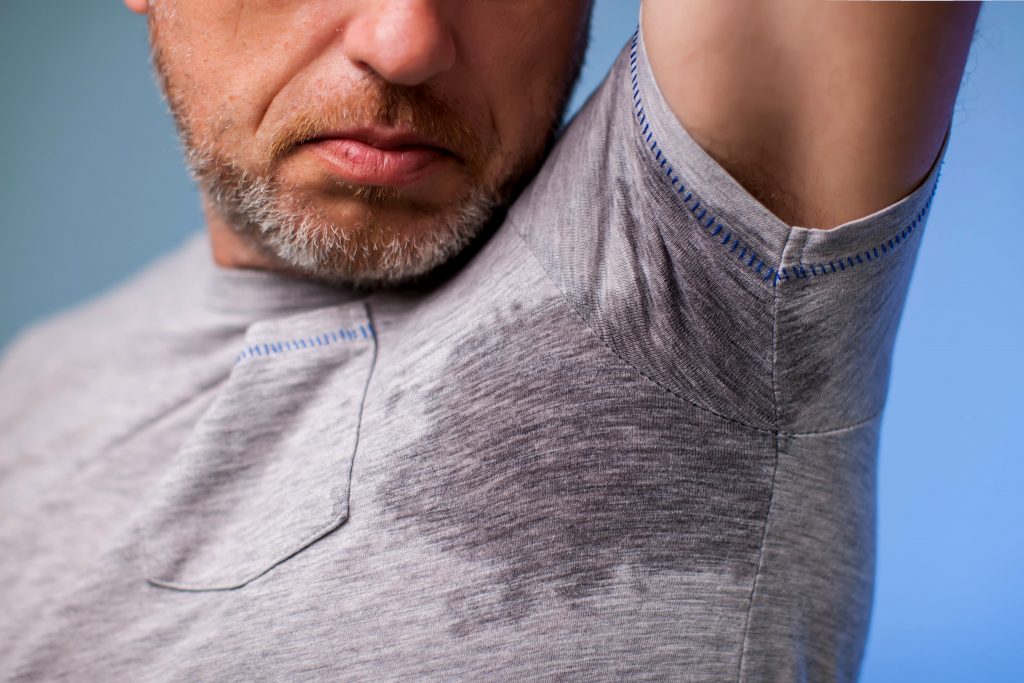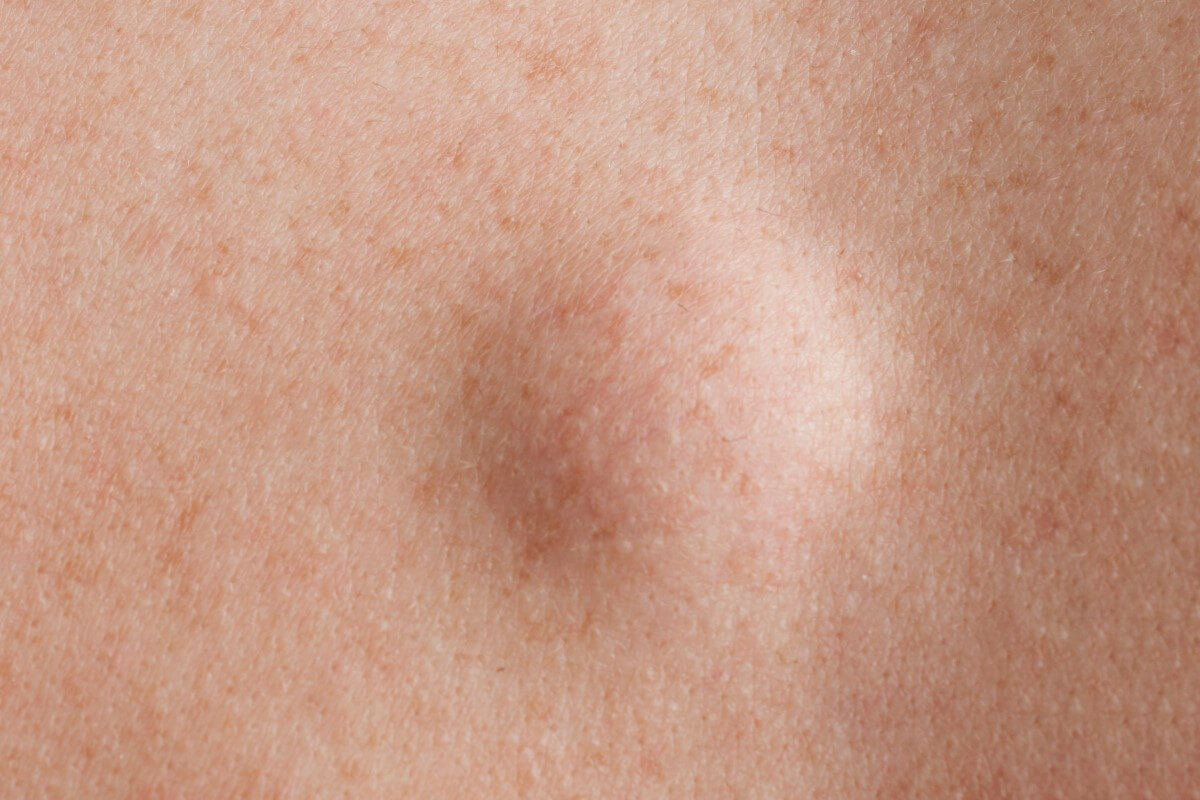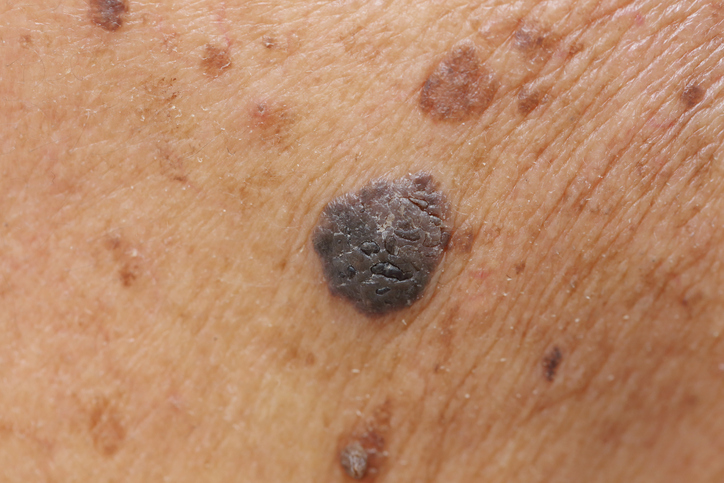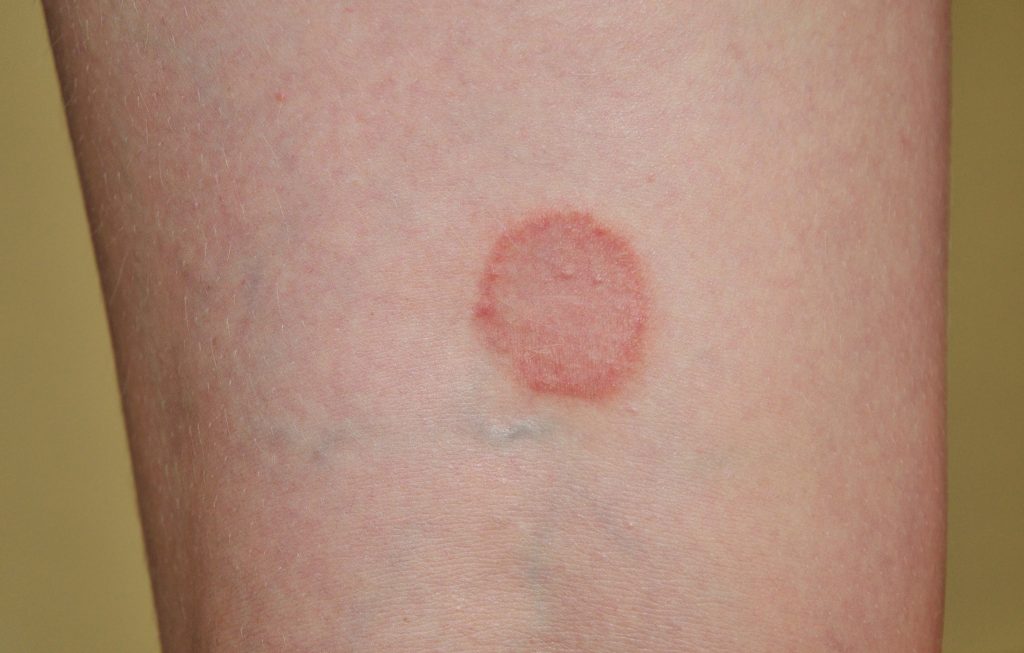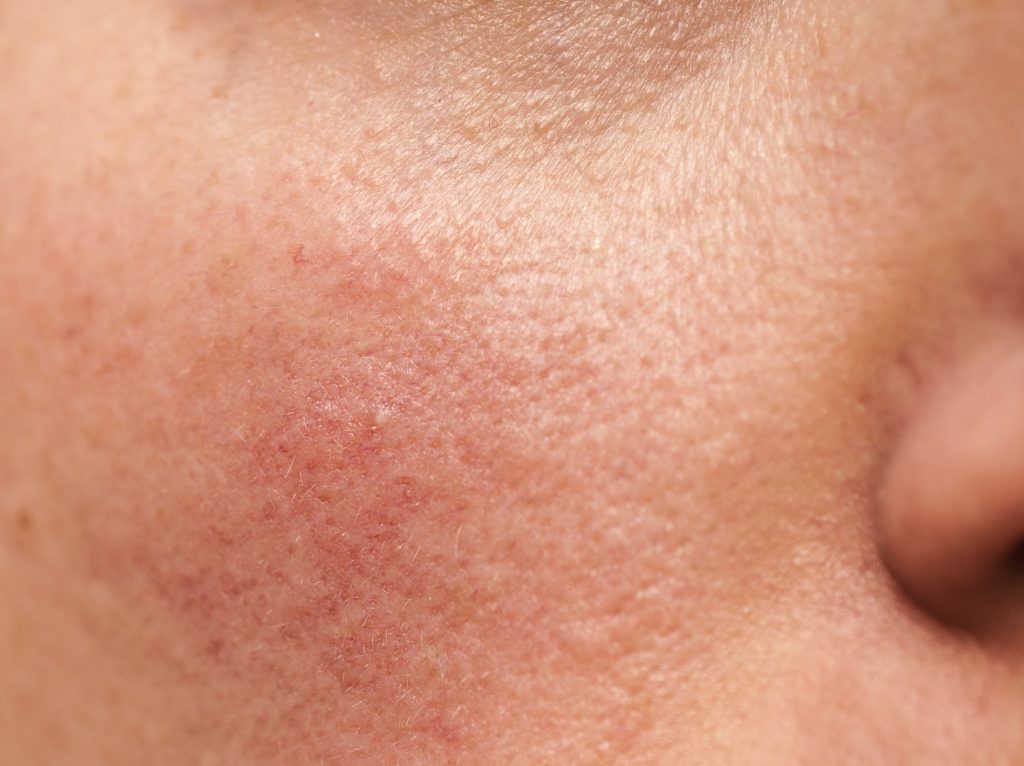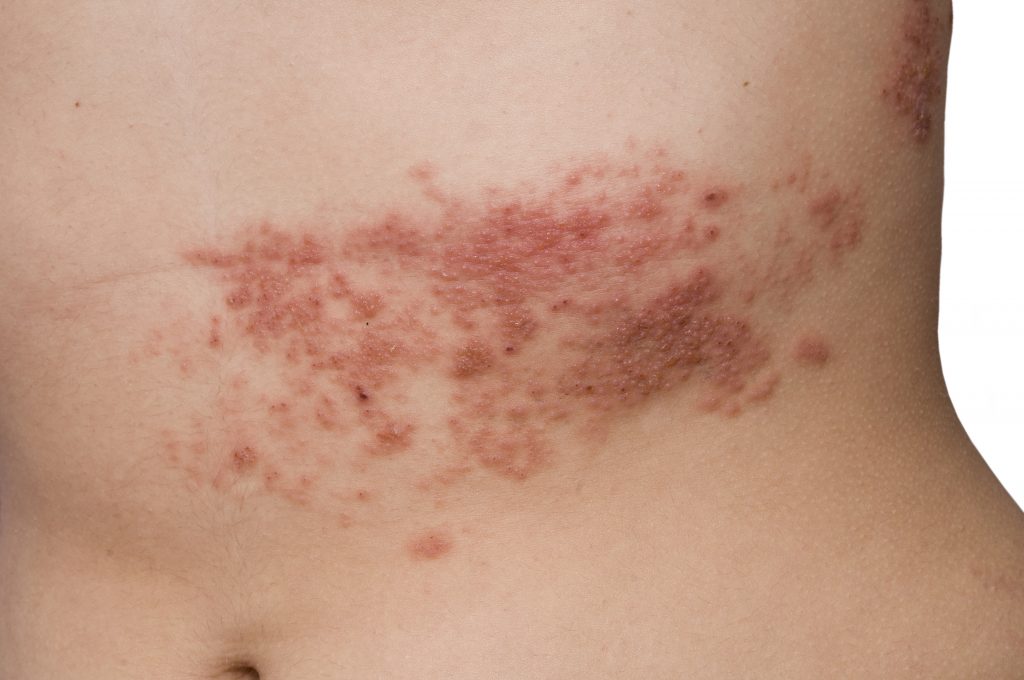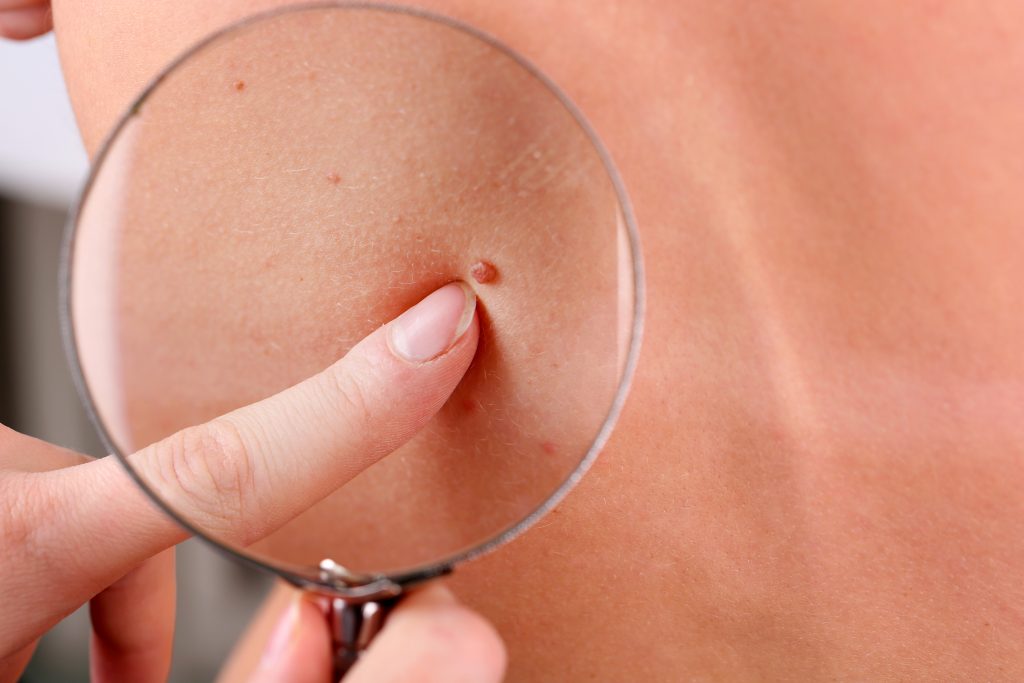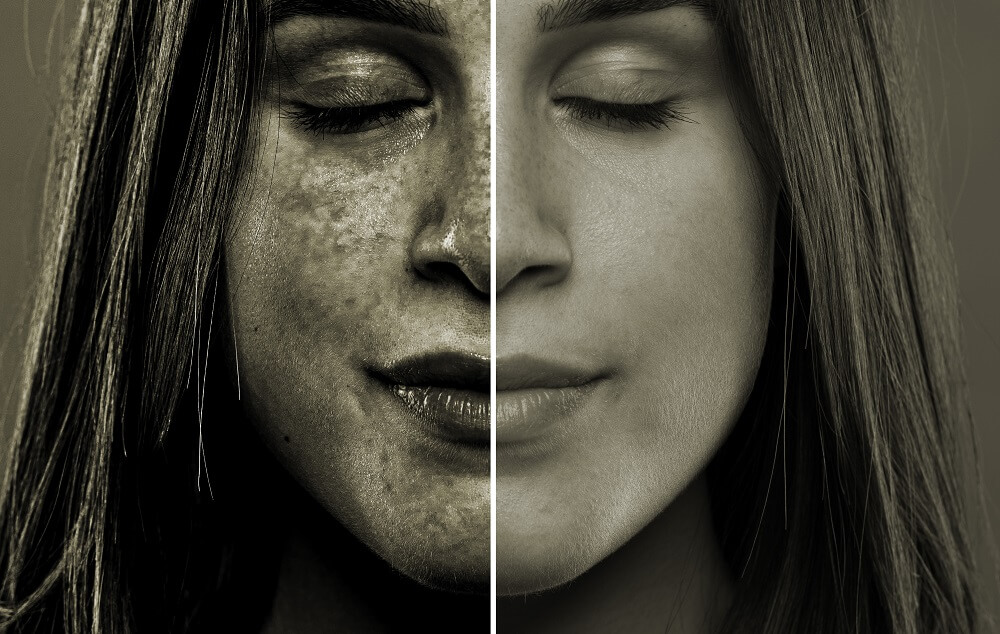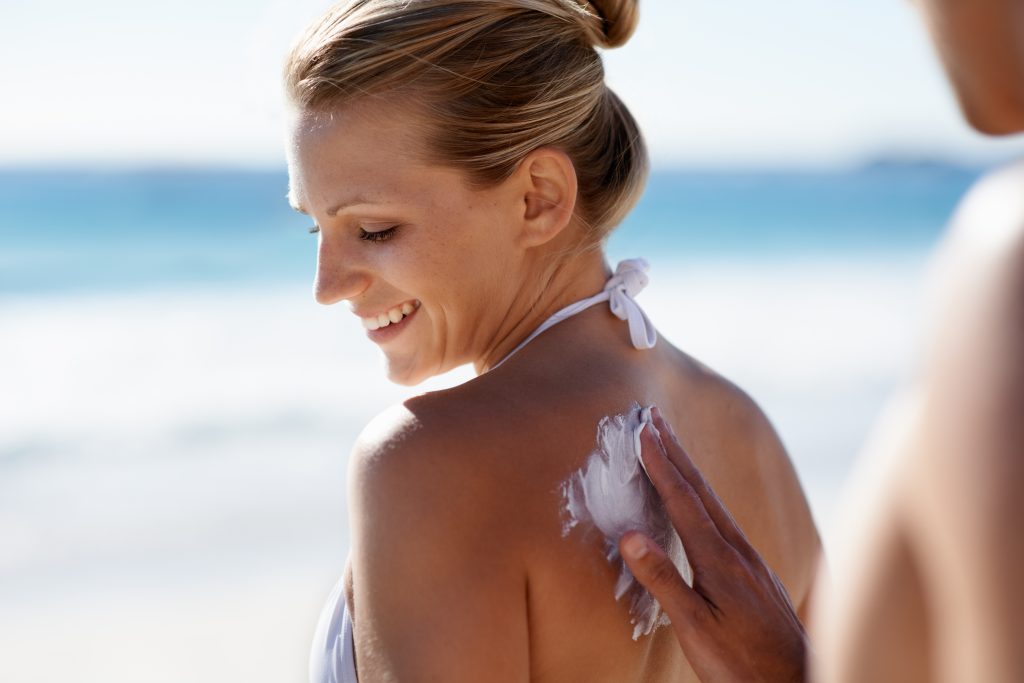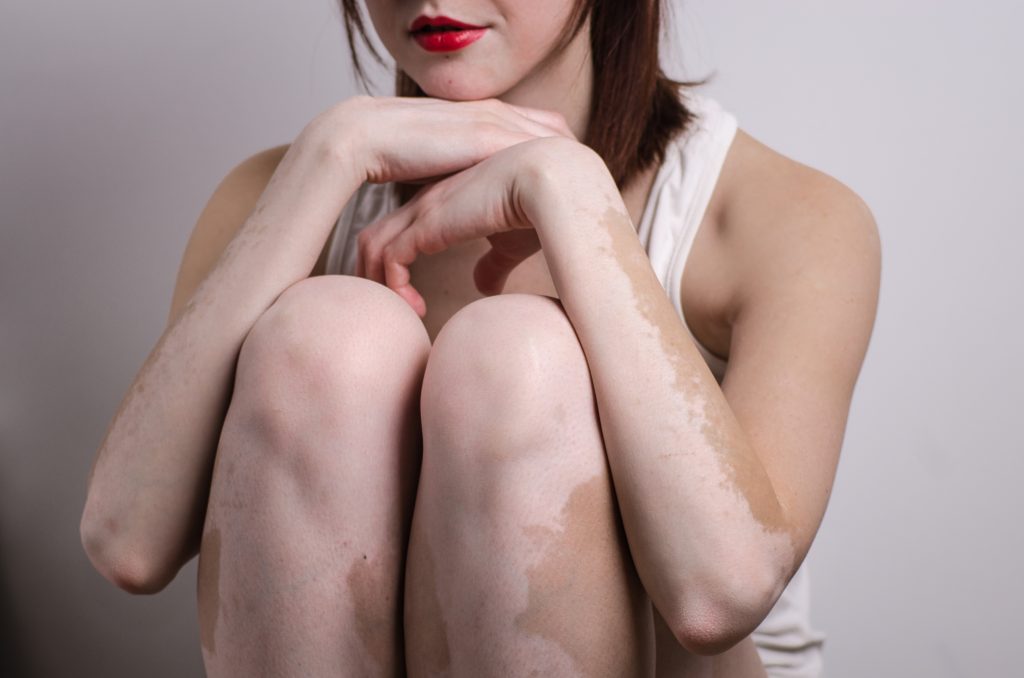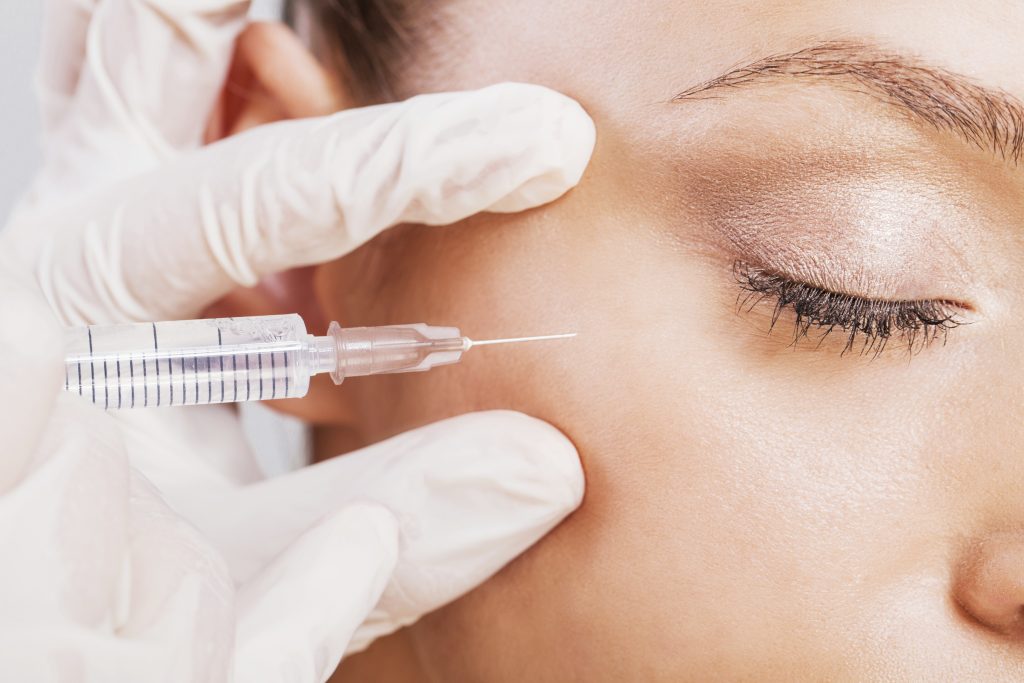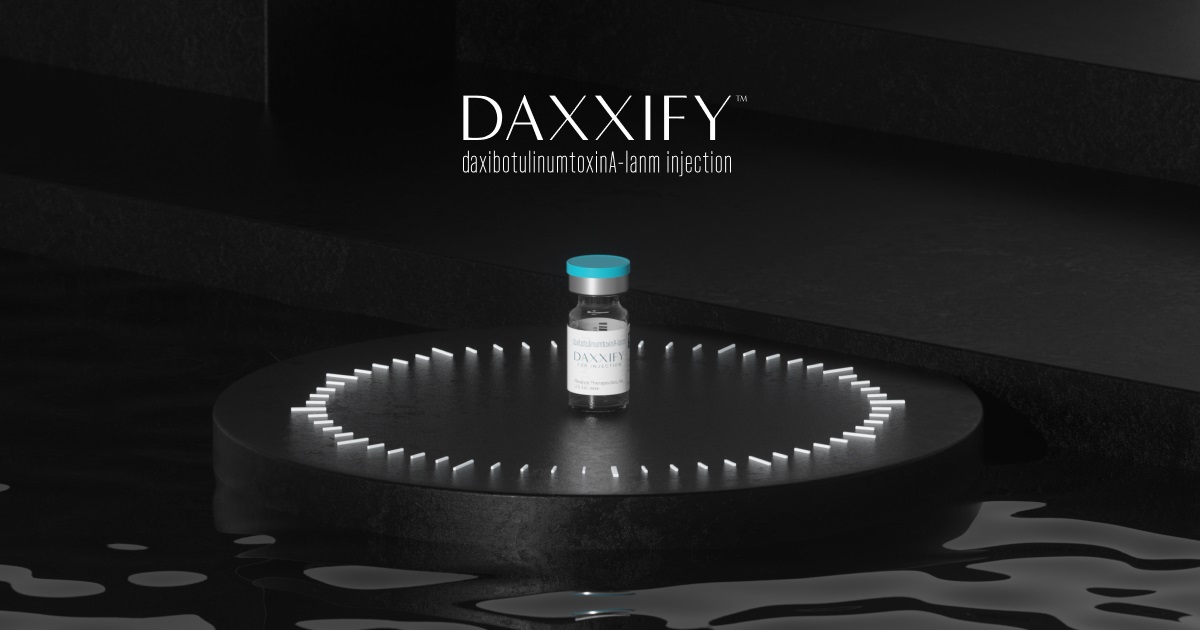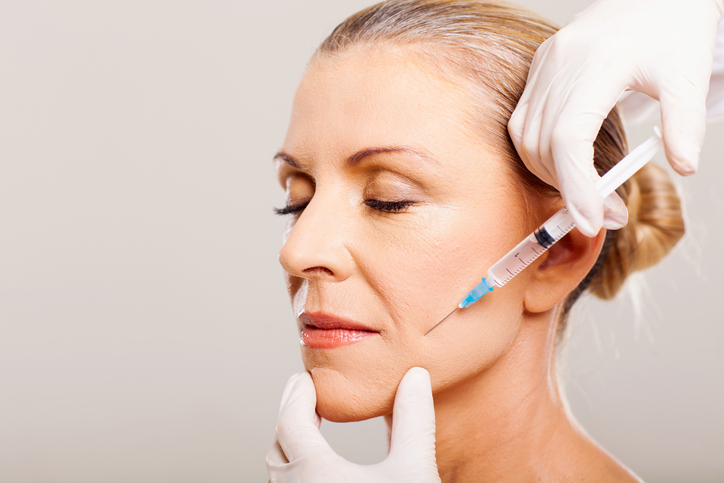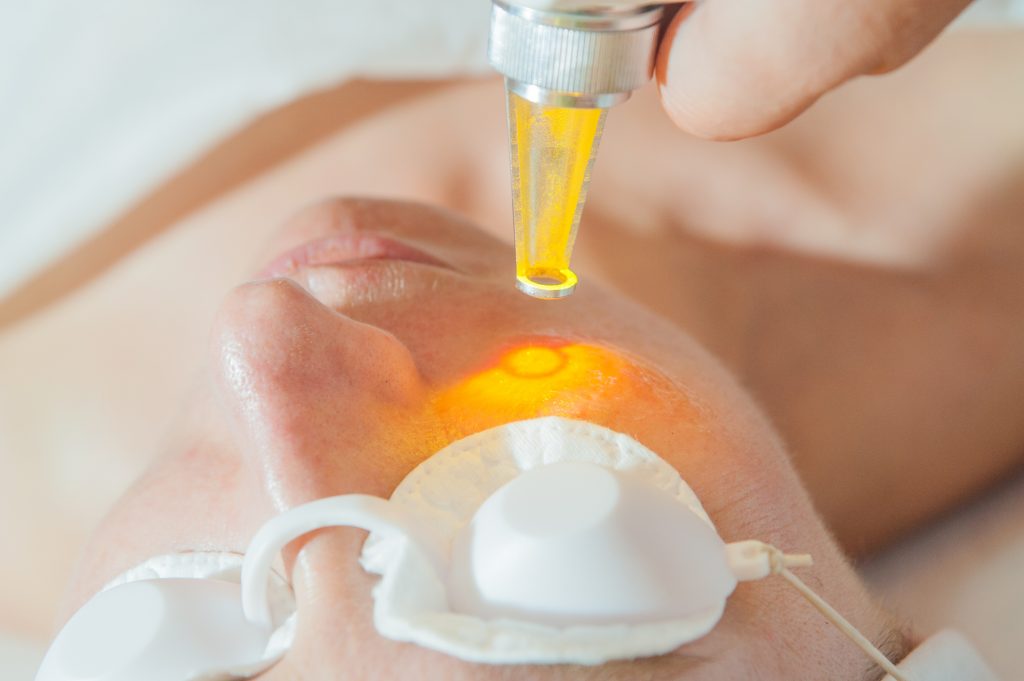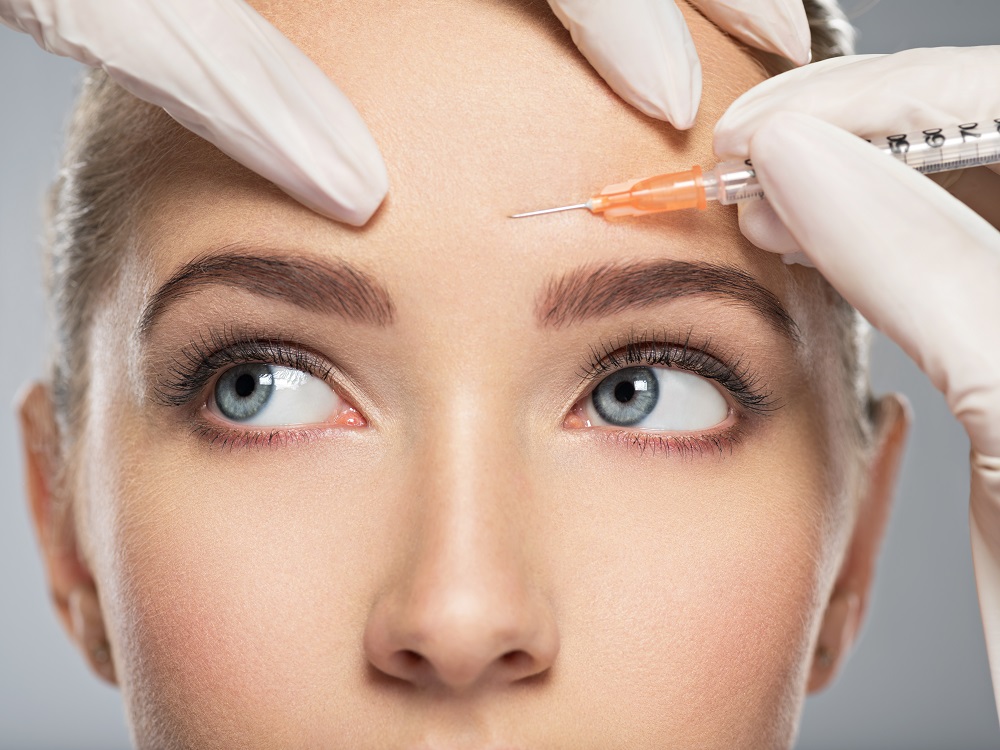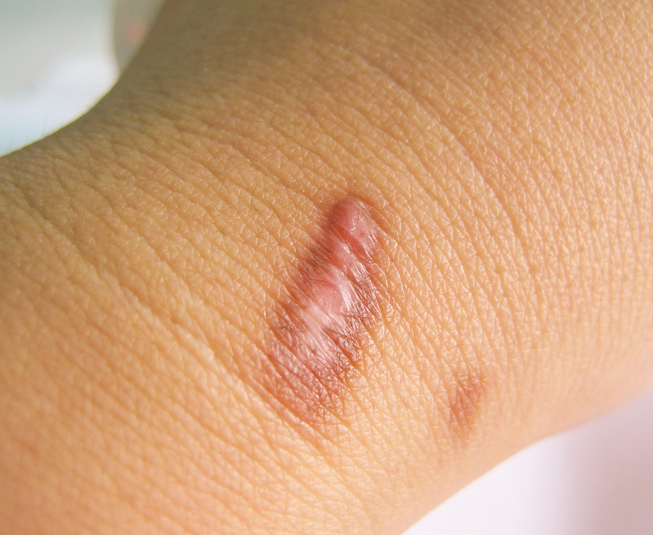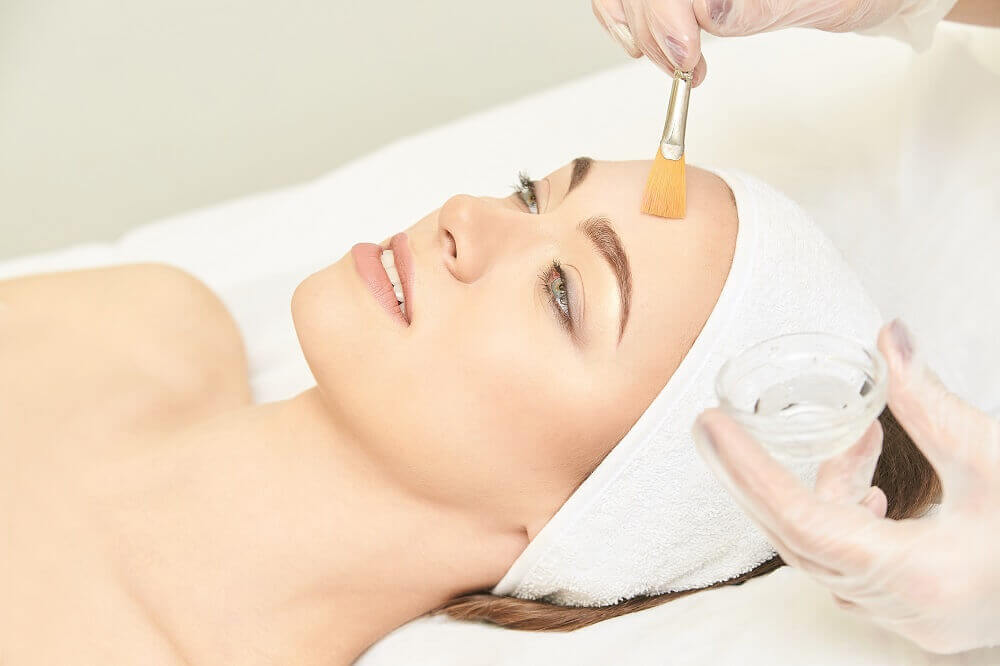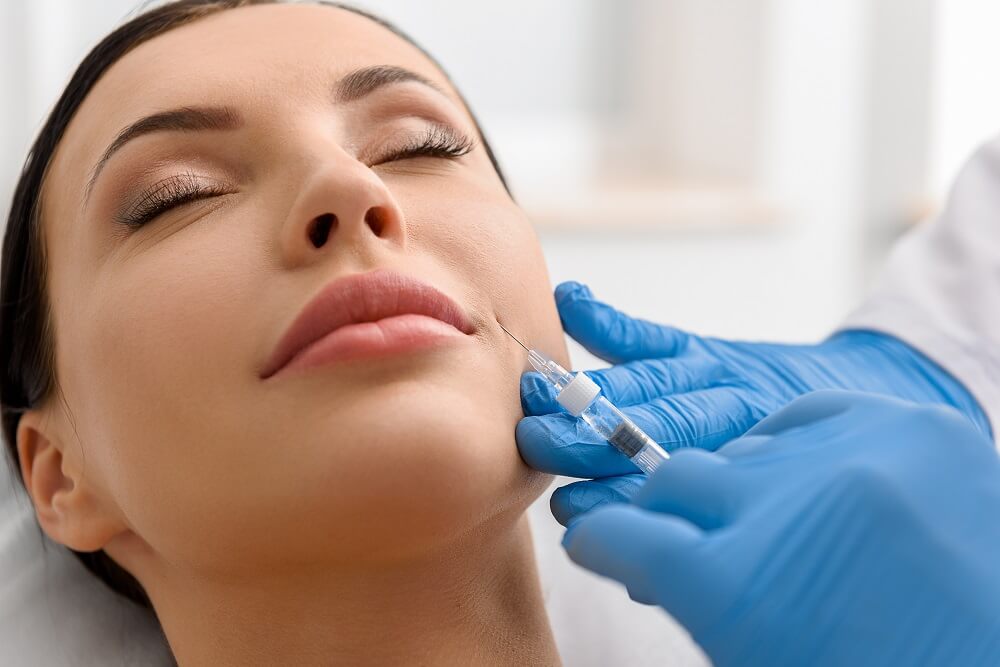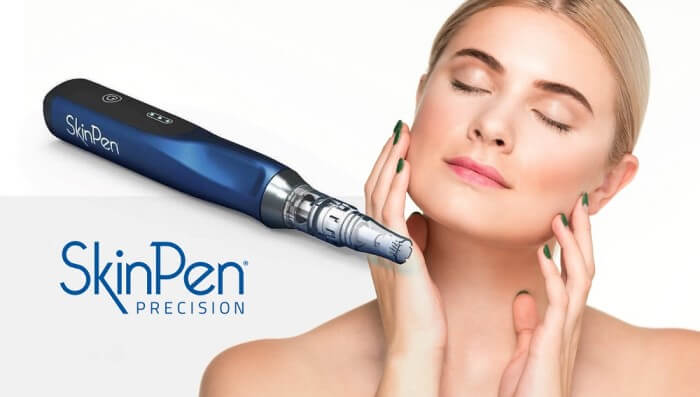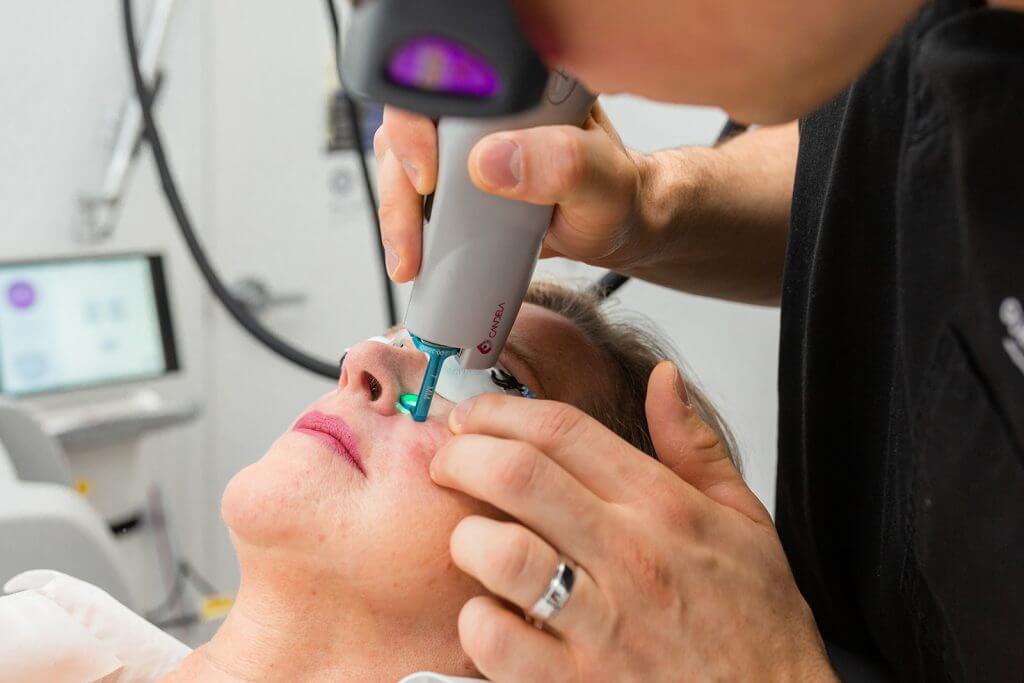Dermatologist in Tyler
U.S. Dermatology Partners Tyler on Dominion Plaza

|
Monday: |
8:00AM - 5:00PM |
|
Tuesday: |
8:00AM - 5:00PM |
|
Wednesday: |
8:00AM - 5:00PM |
|
Thursday: |
8:00AM - 5:00PM |
|
Friday: |
8:00AM - 5:00PM |
|
Saturday: |
Closed |
|
Sunday: |
Closed |
Additional Languages
-
Spanish
Meet the Team
Book an appointment with a provider.

Alma Criseida Berlingeri‑Ramos, MD, FAAD
General DermatologyCosmetic DermatologySkin Cancer
Accepting New Patients

Martha McCollough, MD, FAAD
General DermatologyCosmetic DermatologySkin Cancer
Accepting New Patients

Leslie Scroggins Markle, MD, FAAD
General DermatologyCosmetic DermatologySkin Cancer
Accepting New Patients

Taylor Dickerson, MD, FAAD
General DermatologyCosmetic DermatologySkin Cancer
Accepting New Patients

Jeffrey Harbold, Jr., DO, FAAD
General DermatologyCosmetic DermatologySkin Cancer
Accepting New Patients
About Our Dermatologist Office in Tyler
Your Trusted Dermatologist in Tyler, Texas
From your early years to your golden years and everywhere in between, we are dedicated to helping you maintain healthy skin for a lifetime. Serving Tyler and the East Texas area, our clinic is committed to providing the highest level of dermatological care to our community. Located in the heart of Tyler, we specialize in a broad range of skin care services tailored to the specific needs of East Texans. Our facility is equipped with the latest technology and staffed by experts who are skilled in treating a wide variety of skin conditions. From highly effective skin cancer treatments that have achieved exceptional cure rates to advanced therapies for acne, dermatitis, psoriasis, and other prevalent conditions, our services are continually enhanced by the latest clinical trials and medical advancements.
Expert Skin Care for All Ages in East Texas
Our commitment extends beyond just treating conditions; we are passionate about delivering the highest quality skin care available in Tyler and the surrounding communities such as Lindale, Whitehouse, Kilgore, and Chandler. We offer comprehensive skin care solutions from childhood through to the golden years, focusing on treatments that improve life quality by alleviating symptoms that limit comfort and enjoyment.
Personalized Treatment and Community Care
We understand the unique challenges faced by those living in Tyler and the broader East Texas area when it comes to skin health. Whether you are dealing with the discomfort of eczema, the irritation of psoriasis, or concerns about a new spot or mole, our team is here to provide expert care. Each visit—from initial consultation through treatment and follow-up—is designed to be as convenient and comfortable as possible. Our goal is to be your lifelong skin care partner, adapting our services to meet the evolving health needs of our community.
Contact Us
For general inquiries or if you would like to request a call back, please click below to fill out our contact form.
Contact UsWhat Our Patients Say
Source : Google – Jul 25, 2024
Source : Google – Jul 24, 2024
Source : Google – Jul 24, 2024
Accepted Insurance Plans
- Aetna
- Ambetter
- Americas Choice Provider Network (ACPN)
- Amerigroup
- Baylor Scott & White Quality Alliance
- Blue Cross Blue Shield (BCBS)
- CareNCare
- Christus
- Cigna
- Devoted Health
- First Care
- Galaxy Health Network
- Health Smart
- Healthcare Highways
- Humana
- Independent Medical Systems (IMS)
- Medicare
- Multiplan
- Oscar Health
- Prime Health Services Inc
- Private Healthcare Systems (PHCS)
- Provider Select
- Railroad Medicare
- Scott & White Health Plan
- Three Rivers Provider Network (TRPN)
- TriWest Healthcare Alliance (TriWest)
- Tricare
- United Healthcare (UHC)
- WellMed
- Wellcare
We accept most major insurance plans. If your plan is not listed above, please contact our office to verify coverage.
Get to Know Us Better
Did you know that we offer Mohs Surgery at our location?
Mohs surgery has the highest cure rates for all non-melanoma skin cancers. For certain cases of the most common types of skin cancer — squamous cell carcinoma and basal cell carcinoma — the cure rate can be as high as 99 percent.










